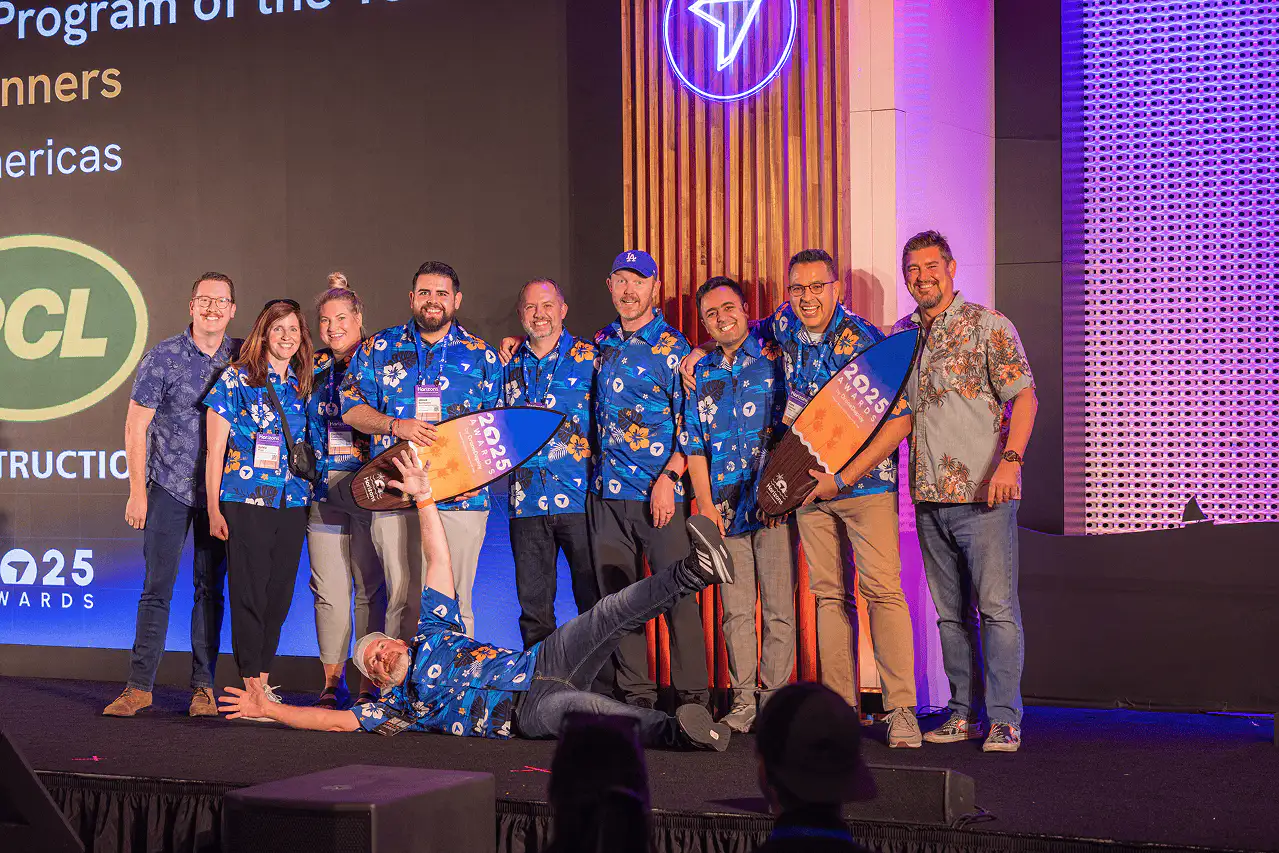Standardizing Solar Site Assessments with Sunrun

Quick Summary
Sunrun, a leading residential solar installer, adopted DroneDeploy to streamline roof assessments and improve installation accuracy. Since 2020, they’ve trained over 245 certified drone pilots and now fly more than 600 missions weekly. With drones replacing manual measurements, site assessments dropped from hours to just 15 minutes, design turnaround time halved, and fitment issues were cut by 35%. DroneDeploy’s seamless integration with Sunrun’s systems enables safer, faster, and more consistent solar designs – boosting both operational efficiency and customer satisfaction.

Sunrun has been performing residential solar panel installations since 2007. Based in the Bay Area, the solar giant has long-been an innovator in its field — which is why the organization decided to invest in drone technology. After a thorough search, Sunrun confirmed DroneDeploy would best suit its needs for safe, fast, and accurate roof measurements. Together with DroneDeploy’s Professional Services Team, Sunrun built out its drone program, training over 100 Site Techs as Part 107-certified pilots, averaging just over 600 flights per week. Soon, it even became the largest company in the industry using drone data. Because flights can be flown, uploaded, and processed within hours, Sunrun’s overall customer experience heavily benefitted from faster, more accurate solar installation plans.
Let's take a look at how this solar provider standardized its site assessments and achieved efficient and consistent outputs with drone tech.

Investigating Drones in Solar
Emily Ineman, Senior Operations Project Manager, is tasked with strategizing more efficient workflows for the Site Assessment team. “Going solar is not a straightforward process,” Emily explains, “so the challenge is how to install this quickly while also delivering a high-quality product and experience.” Emily’s strategic focus ended up helping her and her team identify the need for a technology to enable these goals, by asking the question, how could they get a design to a customer faster? Similarly, how could they achieve the most accurate and quality design? At the time, their process was solely a boots-on-roof operation, taking manual measurements of roof sections that would hold customer solar panels. This process took multiple hours per roof and did not always produce consistent results for Sunrun’s design and install teams — and, more importantly, their customers.
In 2020, Sunrun joined DroneDeploy to expedite site assessments for residential solar installation. To make the process safer, more efficient, and more reliable for designers and workers, Sunrun selected drone technology for its hands-off approach to roof surveys and reliable metric reporting. “Any time we can avoid going up on a customer’s roof, the better,” Emily says.

Enabling New Solar Solutions
DroneDeploy worked with Sunrun to develop standard operating procedures that could be easily implemented within the organization. Throughout multiple on-site sessions spanning several months, Enterprise Services Manager Brooks Allwardt and his team worked directly with pilots to understand Sunrun’s use cases and how DroneDeploy could solve the company’s pain points. By tailoring test flights based on DroneDeploy’s recommendations and continually providing feedback, pilots felt confident using the technology, and Sunrun created their final operations manual.
From here, Sunrun’s internal training team established “drone boot camps” to standardize their drone process and get as many individuals trained on the software as possible. Ground school, Part 107 training, drone hardware, safety procedures, and the Sunrun process were all study topics. Within just a few months of establishing these sessions, Sunrun trained over 100 people. As of this writing, the company employs 245 licensed pilots.
Conducting Easier Solar Panel Inspections & Installations
By having standard deliverables each time a pilot flies, the design team can quickly orient themselves to the given home and therefore, actually build the best design. For designers accustomed to piecing a home together through graph paper and images, this resulted in substantial time savings and greater site context for designs. As a bonus not immediately realized at the point of purchase, DroneDeploy also integrated into Sunrun's design systems — further adding value to the organization with a 2x decrease in design turnaround time for each client. “Now, surveyors spend less time on the roof while still providing customers with high-quality images and outputs,” Emily states, "approximately 15 minutes versus 2 hours."
These changes have also brought about a 35% reduction in fitment issues during the installation process. Because of the strong visibility of a drone on your operation, Sunrun also generates new interest in solar by curious neighbors and community members nearby. Over the past 12 months, Sunrun's peak month involved just over 7,000 flights.
In the future, Sunrun sees drone data expanding outside of just their survey and design teams. Post-installation, quality service, and permitting are other areas where Sunrun estimates aerial intelligence can be beneficial. For now, making the solar installation process faster from end-to-end remains the ultimate goal.
If you’re interested in employing drone technology in your solar business, read our article on incorporating drones into your energy operations or watch our webinar on conducting site inspections.
FAQ
Related articles
Ready to manage your data from the very start?
Book a quick call to see how DroneDeploy streamlines capture from construction through building ROI.
.svg)
.png)


